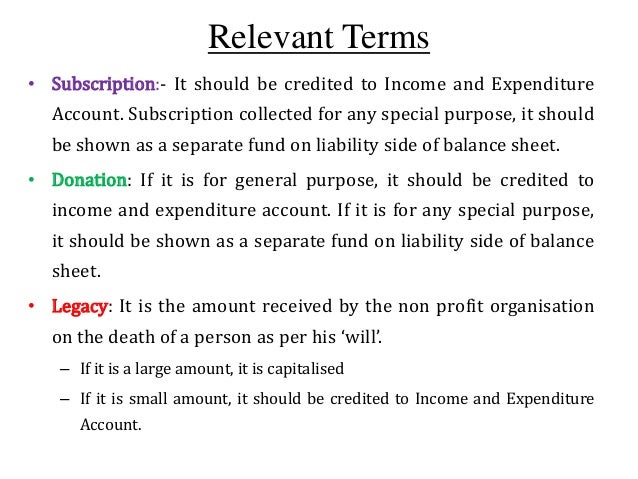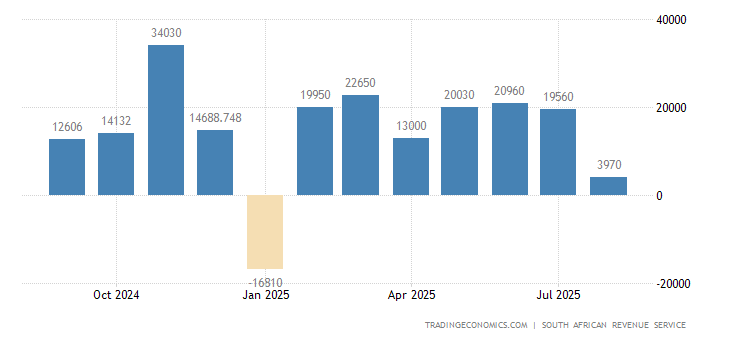On The Balance-of-payments Statements, Portfolio Investments Are Classified In The:

This article needs additional citations for. Unsourced material may be challenged and removed.Find sources: – ( August 2014) Portfolio investments are in the form of a group (portfolio) of assets, including in, such as, and securities, such as, and.Portfolio investments are, as they do not entail active or control of the issuing company. The foreign investors have a relatively short-term interest in the ownership of these passive investments such as bonds and stocks. Rather, the purpose of the investment is solely financial gain, in contrast to (FDI), which allows an investor to exercise a certain degree of managerial control over a company. For international transactions, equity investments where the owner holds less than 10% of a company's are classified as portfolio investments. These transactions are also referred to as 'portfolio flows' and are recorded in the of a country's.They are categorized in two major parts: foreign institutional investment and investments by non-residents. According to the, portfolio flows arise through the transfer of ownership of securities from one country to another.Portfolio investment covers a range of securities, such as stocks and bonds, as well as other types of investment vehicles.
A portfolio helps spread the risk of possible loss because of below-expectations performance of one or a few of them.References.
For a variety of reasons, some companies invest in marketable securities as a part of their ongoing operations. Commercial banks buy debt securities. Manufacturers buy commodity contracts. Companies of all types can buy treasuries, stocks, bonds, or otherwise to maintain liquidity while boosting returns. Investment banks buy and sell securities all the time as part of their trading and market making businesses.Finding these securities on the balance sheet is straight forward.

Understanding the implications for profits and losses, though, requires a bit more detail. Let's dive in.Where are trading securities found on the balance sheet? Trading securities are considered current assets and are found on the asset side of a company's balance sheet. These assets are short term, as the company intends to buy and sell them quickly to turn a profit.
They are recorded at market value as of the date of the balance sheet, and their values should be updated to reflect current market values for every reporting period.Trading securities are not necessarily the only securities you'll find on the balance sheet. There are also available-for-sale securities and held-to-maturity securities.Held-to-maturity assets are typically bonds, but can be other non-derivative securities with determinant payments and a maturity. They can also be a security the company intends to own until it matures. This classification excludes accounts receivable and loans, which should be accounted for independently on the balance sheet. Held-to-maturity assets do not change value on the balance sheet from quarter to quarter as a trading security would. This makes sense, as the company's profits from this investment are not short term in nature. If the company is going to own the security forever, it doesn't matter how the price changes for buyers and sellers.
Therefore, it wouldn't make sense to cause short term income statement fluctuations based on non-material changes in a held-to-maturity's market value. We'll discuss the implications on the income statement more generally in the next section.Available-for-sale securities are not as easily defined as either trading securities or held-to-maturity securities. In fact, these securities are more a catchall for everything that isn't a derivative and doesn't exactly fit into either of the preceding classifications. Because these are considered available for sale, their value should be updated to match current market value for every reporting period in the same way that trading asset values change.There are implications for the income statement as well When a trading security is reported on the balance sheet, its value must be changed to match the current market value on the open markets as of the date of the balance sheet. That means that the asset side of the balance sheet will either grow or shrink, depending on if these assets have appreciated or lost value.In order for the financial statements to balance, there must be a reconciliation with the income statement to account for these changes in value. This is true even if the gain or loss is purely on paper. To accomplish this, a decline in trading securities values is shown as a loss on the income statement and a gain in trading securities values is shown as a gain on the income statement.

This is significant for a couple of reasons. First, in the event of a large market decline, the company is forced to recognize that decline in value as a loss, even if they haven't actually sold the securities.
The company may, for all intents and purposes, simply hold onto the asset until the market recovers and avoid losing any real cash, but their income statement would still show the impact of the market movements for every reporting period over this time, for better or for worse.For example, let's say a company purchased stock, classified as a trading security, at $1 million, and the market subsequently dropped 20%. Even though the company has not sold any of the stock, it must reduce the stock's value in the trading securities account to $800,000, and recognize a $200,000 loss on its income statement.The inverse is true in a rising market. Even though the company may not have sold the security, if the market value rises the company is required to mark that increase as income on the income statement. That can increase the company's tax liability, even though they never sold the security.Trading securities: a short-term asset with a pretty complex accounting In most cases, trading securities are so short term in nature that these income statement implications are not of huge significance. However, it is still worth understanding how this mechanism works for those rare situations when the market gyrates wildly. A company that plays in the market assumes the risk that comes with this style of investing.
Current Account Balance Of Payments
That risk is compounded by the accounting rules that dictate how the company must recognize gains and losses, even when there is no actual sale of the securities. When you see trading securities on the balance sheet, make sure you understand what the company is doing and why, because these assets can have an outsize impact on a company's profits from quarter to quarter.For more on the world of investing, including help getting started, we have lots of resources for you at our. Head on over.